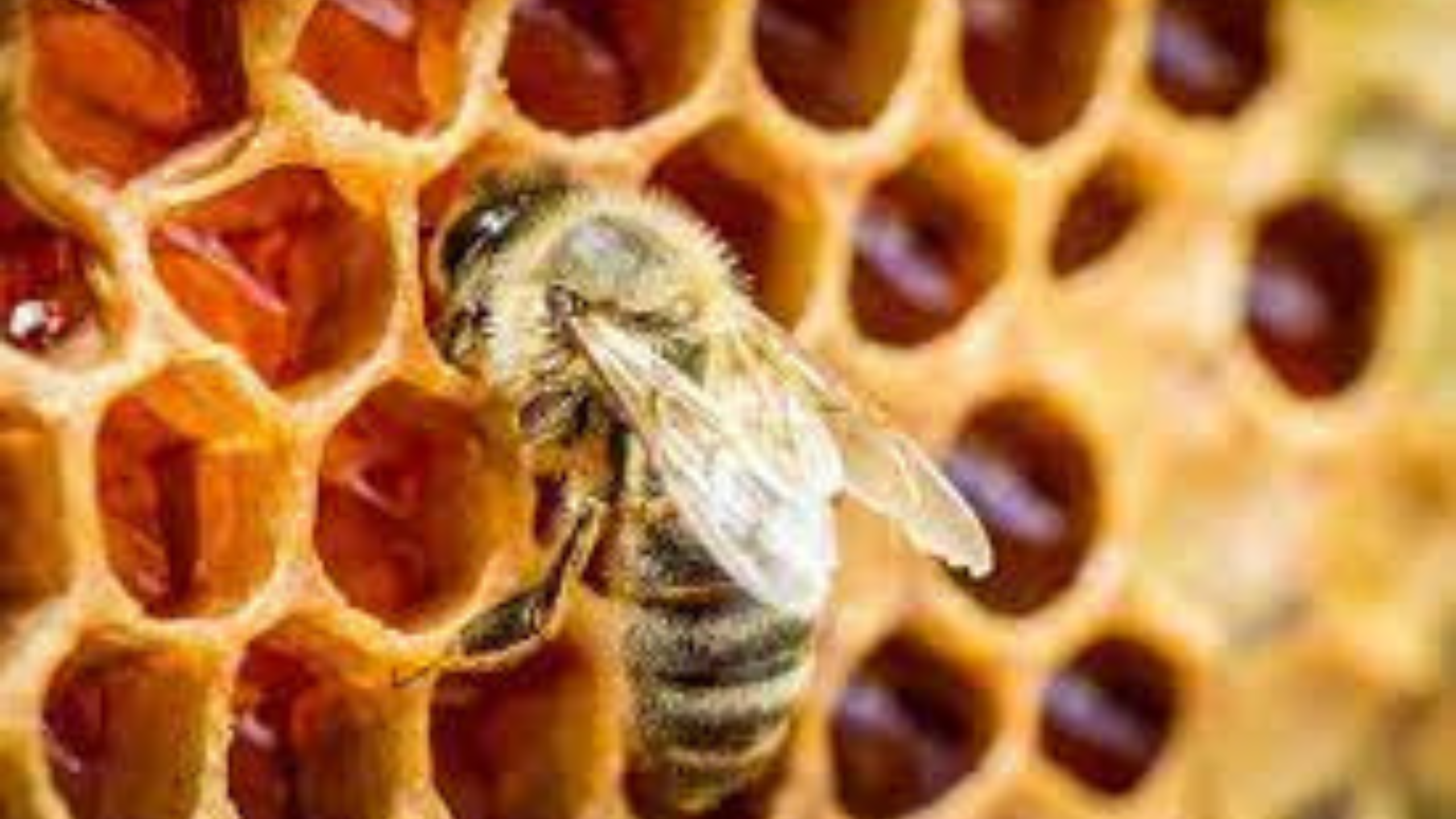Bees are remarkable creatures that play an essential role in our ecosystem, particularly when it comes to producing honey. This sweet and golden elixir is not only a delicious treat but also a vital food source for bee colonies. Understanding how bees make honey involves delving into their intricate interactions with plants and the fascinating processes they use to transform nectar into the honey we love. Let’s walk through the stages of honey production and discover the incredible journey from flower to hive.
The Relationship Between Bees and Plants
The honey-making process begins with a unique symbiotic relationship between honeybees and flowers. Plants entice bees to their blossoms by offering a sugary reward known as nectar. This sweet substance, made up of sugar and water, serves as a crucial energy source for bees while helping plants achieve pollination.
The Three Types of Honey
Honeybees produce three main types of honey, corresponding to the various plants they pollinate:
- Wildflower Honey: Made from nectar gathered from a mix of wildflowers.
- Clover Honey: Derived primarily from clover plants, it’s known for its light color and mild flavor.
- Manuka Honey: Produced from the nectar of the Manuka tree, this honey has unique medicinal properties and is highly sought after.
Each type offers a distinct flavor profile, reflecting the diversity of the bees’ foraging habits.
The Process of Making Honey
The journey from nectar to honey involves several intricate steps. Let’s explore each phase of this process:

1. Foraging for Nectar
Foraging worker bees venture out in search of nectar. Equipped with a keen sense of smell, they locate flowers overflowing with this sticky goodness. As the bees collect nectar, they inadvertently brush against pollen, facilitating the pollination of various plants.
Did you know? At the Scottish Bee Company, we actively support pollination efforts by donating a portion of our sales to the rePollinate charity. You can learn more about our mission here.
2. Digesting the Nectar
Once a bee collects nectar, the transformation process begins almost immediately. Using her proboscis, a specialized tongue that functions like a straw, the honeybee sucks nectar from the flower and stores it in her honey stomach.
Interestingly, honeybees have two stomachs: one for digesting food to provide energy and the other exclusively for storing nectar. The honey stomach can hold up to 70 mg of nectar—almost as heavy as the bee itself!
While in the honey stomach, enzymes begin breaking down complex sugars in the nectar into simpler sugars, a process called inversion. These simple sugars have a lower tendency to crystallize, making them ideal for long-term storage as honey.
3. Returning to the Hive
Upon returning to the hive, the honeybee transfers the nectar to another bee via trophallaxis, a mouth-to-mouth exchange. Here, the house bee takes the nectar and continues the enzymatic breakdown process. This sharing is crucial, as it ensures the nectar undergoes further transformation.
4. Evaporating Moisture
As the nectar circulates among bees, its moisture content decreases to about 20%—the ideal concentration for honey. The bees then place this thickening nectar into hexagonal wax cells within the hive.
To remove any remaining moisture, the bees fan their wings over the cells to create airflow, helping to evaporate the excess water. This evaporation not only thickens the nectar into honey but also prevents fermentation, contributing to honey’s remarkable shelf life.
5. Capping the Honey
When the cells are filled with honey and the bees are satisfied with its consistency, they seal the cells with a wax cap. This protective layer ensures that the honey remains safe for future consumption by the colony.
The Importance of Honey to Bees
Honey serves as a vital food source for bees, especially during colder months when flowers are scarce. The stored honey provides essential energy to sustain the colony through winter.
Fun Fact: Pure honey is known for its long shelf life, and it can last for thousands of years without spoiling!
Supporting Our Bees
Understanding the honey-making process highlights the importance of protecting bees and their habitats. Here are some ways you can help support bee populations:
- Plant Native Flowers: Create a bee-friendly garden with flowers that provide nectar and pollen.
- Avoid Pesticides: Use natural pest control methods to protect bees from harmful chemicals.
- Educate Others: Share your knowledge about the significance of bees and encourage others to participate in conservation efforts.
Conclusion
The journey of honey from flower to hive is a remarkable process that showcases the incredible abilities of bees. By understanding how bees make honey, we can appreciate their hard work and the vital role they play in our ecosystem.
If you have any further questions or would like to learn more about beekeeping, feel free to explore additional resources and engage with our community. Let’s work together to create a brighter future for our buzzing friends!
For more insights and to support our mission in promoting bee health and awareness, check out our blog or visit our store for a delicious selection of pure Scottish honeys! 🍯🐝

